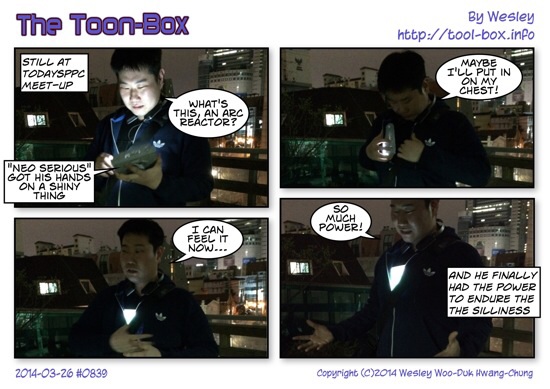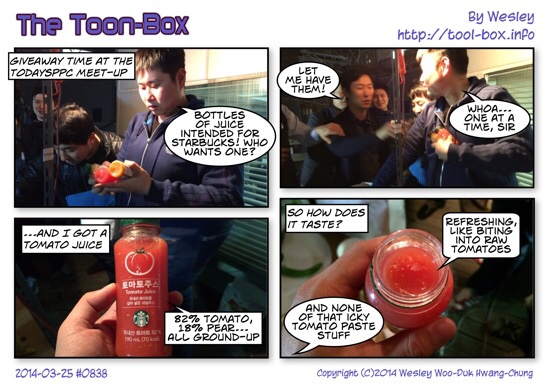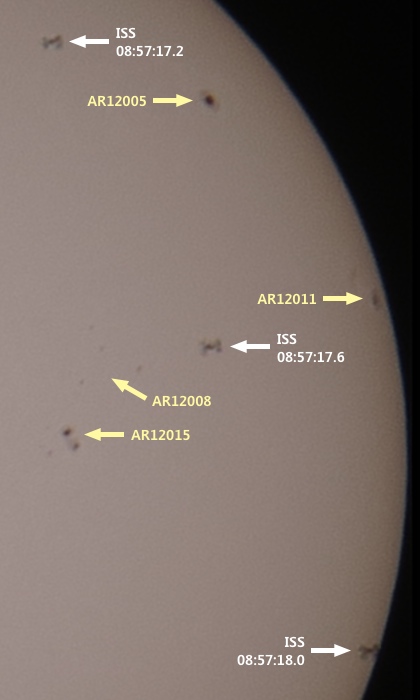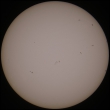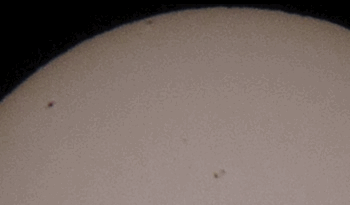Broken filament feeder in Makibox
Posted by Wesley on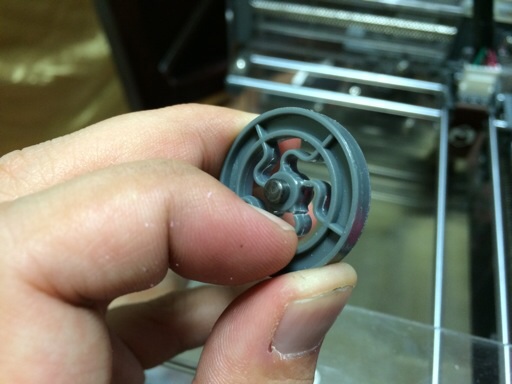
The broken Zen Drive wheel
My Makibox 3D printer was doing very well up to early this month. But then suddenly, it decided to stop pushing the plastic filament into the extruder. After some manual pushing, it worked again for a while, but then it'd stop yet again. Looking at the filament, I saw some grinding, so I initially suspected a clogged nozzle. But if I disengage the filament from the feeder and push the filament in by hand, the nozzle had no problem putting out the material. So I took the filament feeder apart.
Now, Makibox's filament feeder is called "Zen Drive". It consists of a stepping motor with toothed axis and a tension wheel. The teeth "bites into" the filament to make it move, while the wheel allows the filament to catch onto the teeth in a consistent manner. When I disassembled the Zen Drive assembly, I noticed that two of the wheel's spokes had snapped. Snapped spoke meant that a consistent pressure couldn't be applied to the filament. This was the cause of the inconsistent filament feed I experienced. It was time for a repair.
